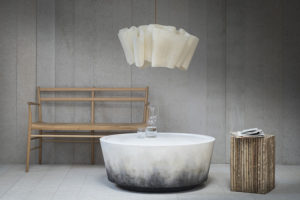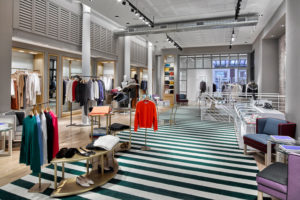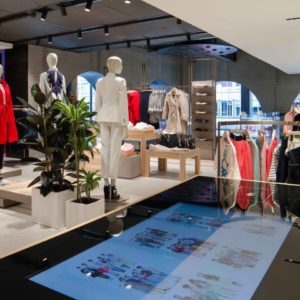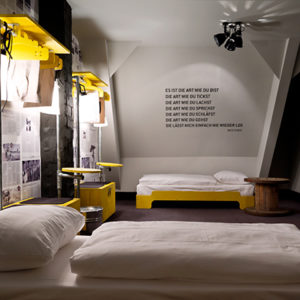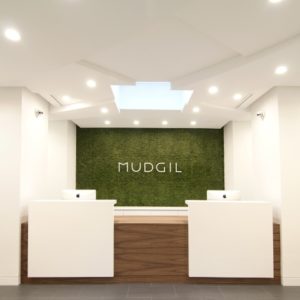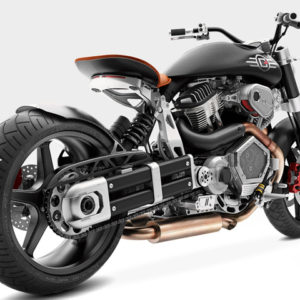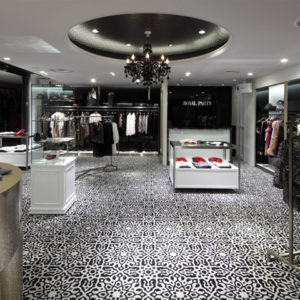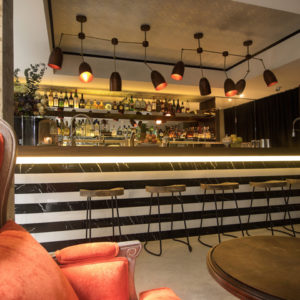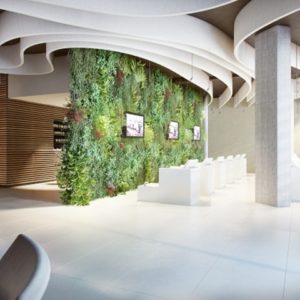


A forest clearing in Estonia’s Võru county has been reconsidered into a space of meditation, relaxation and community engagement through the installation of three giant wooden megaphones. Interior architecture students at the Estonian Academy of Arts have conceived the idea of a forest library near RMK’s Pähni nature centre, where the quiet sounds of chirping birds and rustling leaves are amplified to surrounding site visitors.

The interventions, titled ‘Ruup’, span three meters in diameter, offering those seated and lying within ample space for reading or resting. Additionally, the conical shapes offer potential shelter for a wanderer or modest hiker to spend the night, as well as provide a platform for outdoor classrooms, small-scale cultural events and concerts.

‘The trademark of Estonia is both the abundance of sounds in our forest as well as the silence there,’ noted Valdur Mikita, writer and semiotician involved in the project. ‘In the megaphones, thoughts can be heard. It is a place for browsing the ‘book of nature,’ for listening to and reading the forest through sound.’

Hannes Praks, course advisor and head of the interior architecture department at the Estonian Academy of Arts, says of the project’s remote location, ‘The farther we get from the intense vibration of the capital, the better we are able to sense the low-frequency vibration of nature. This is why the installation would be missing its essence if it were to be located next to Tallinn. In the megaphones, a certain surround sound effect, communicated by the megaphones when the distance and angle is just right, is worth testing.’
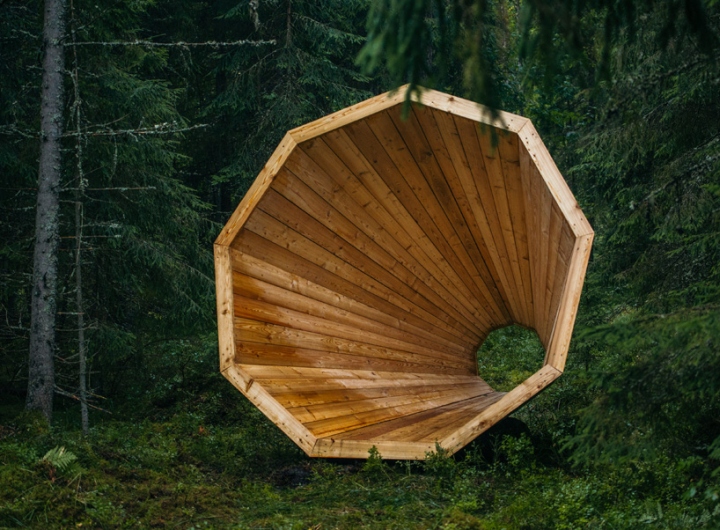
The students were instructed by architects Aet Ader, Karin Tõugu, Kadri Klement, and Mari Hunt from the architecture office b210, and the designers Tõnis Kalve and Ahti Grünberg from Derelict, a company that creates re-purposed furniture. The construction of the megaphones was financed by RMK and the interior architecture department of the EAA. The opening events also received help from the Estonian Cultural Endowment.
Photography by Tõnu Tunnel & Henno Luts
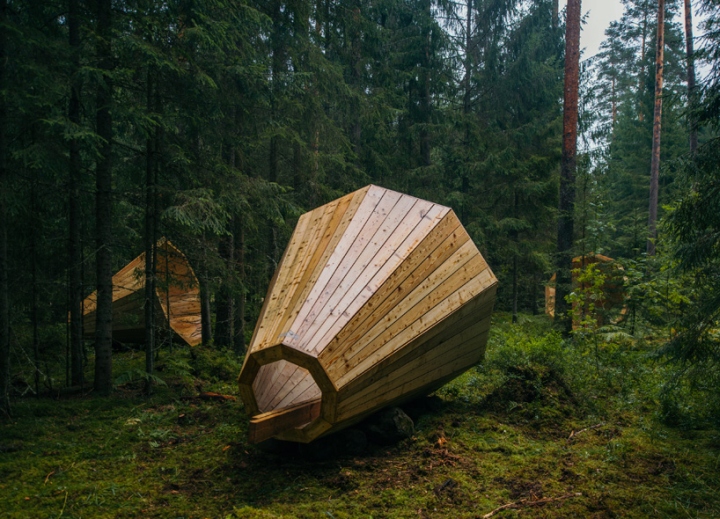
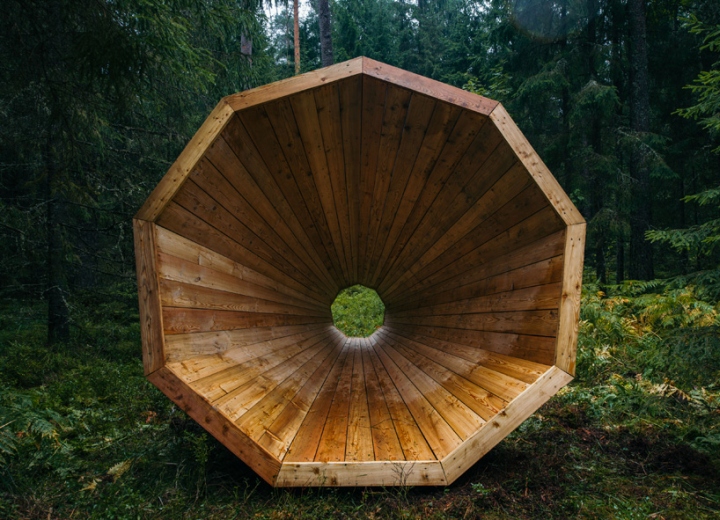

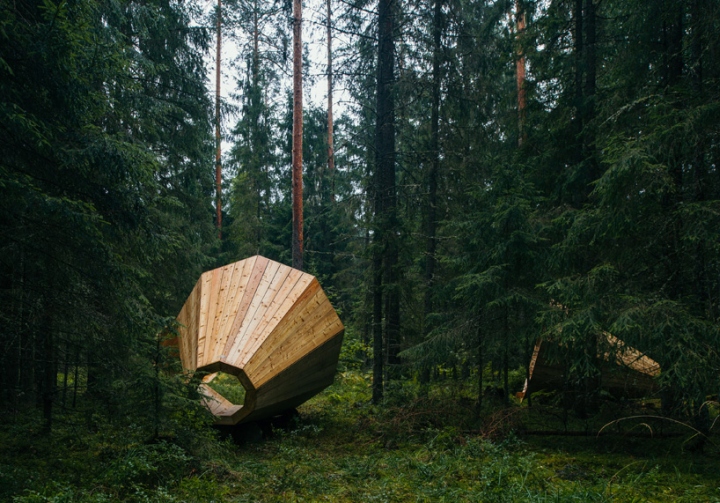
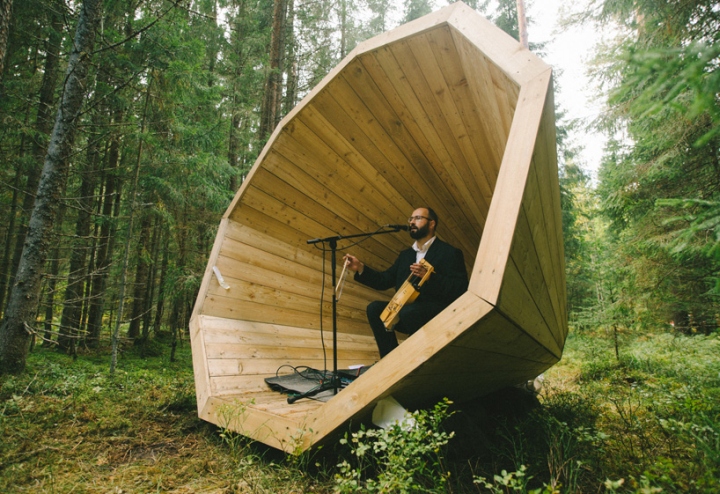

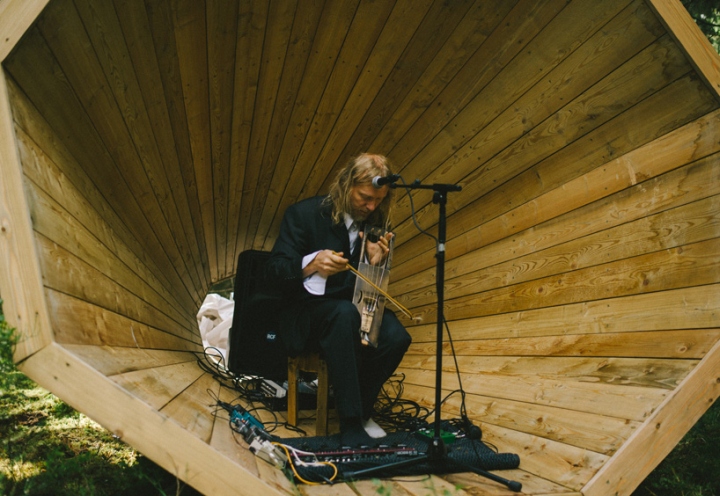

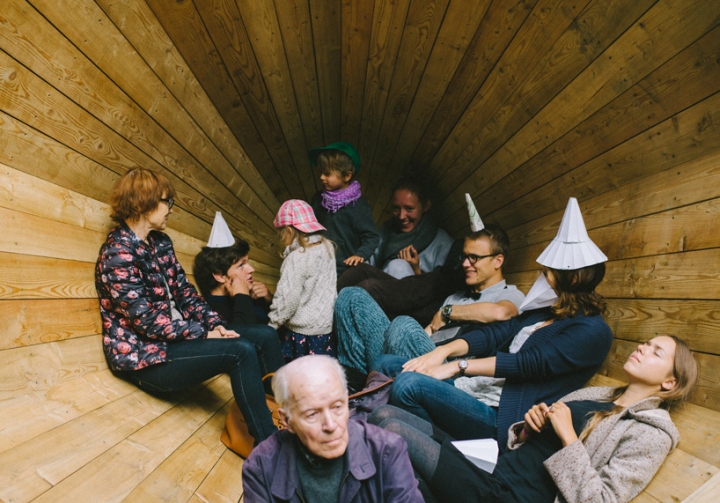













Add to collection
